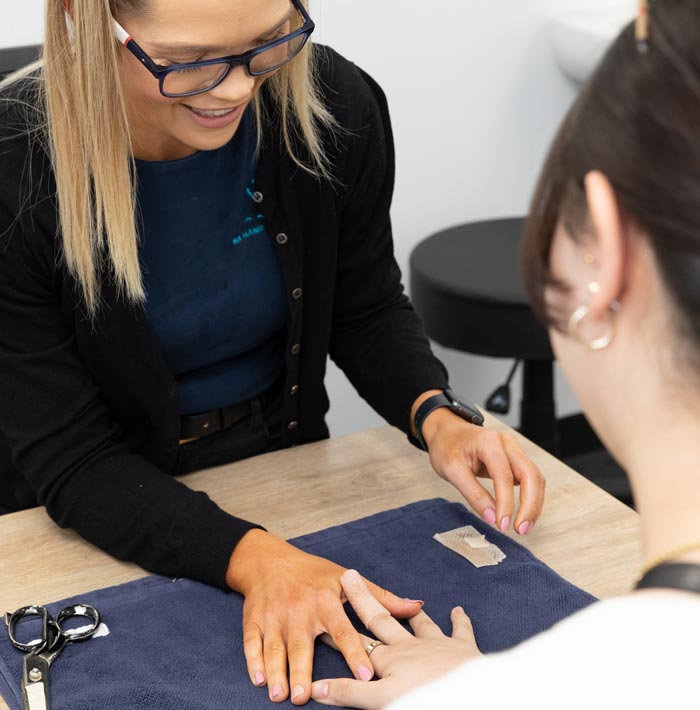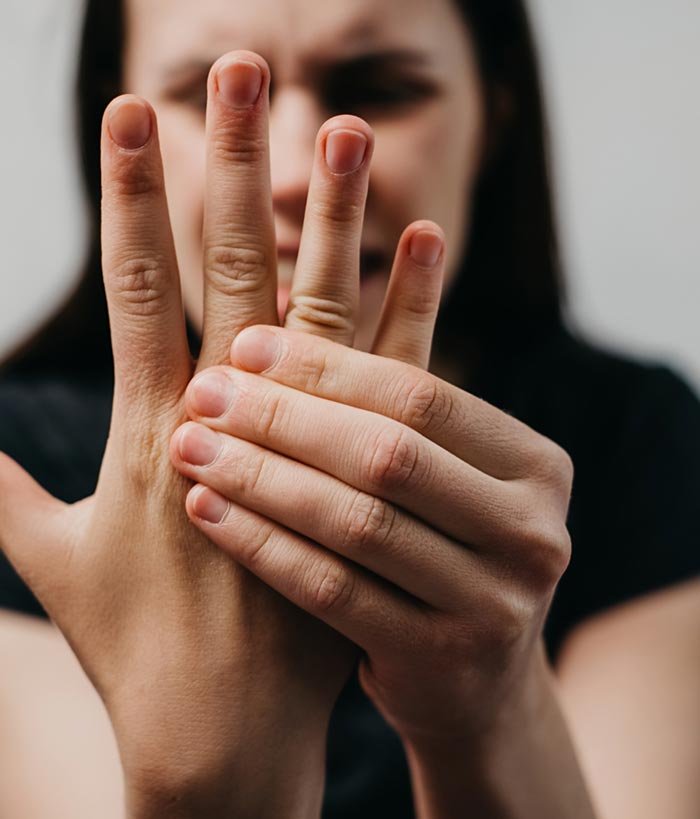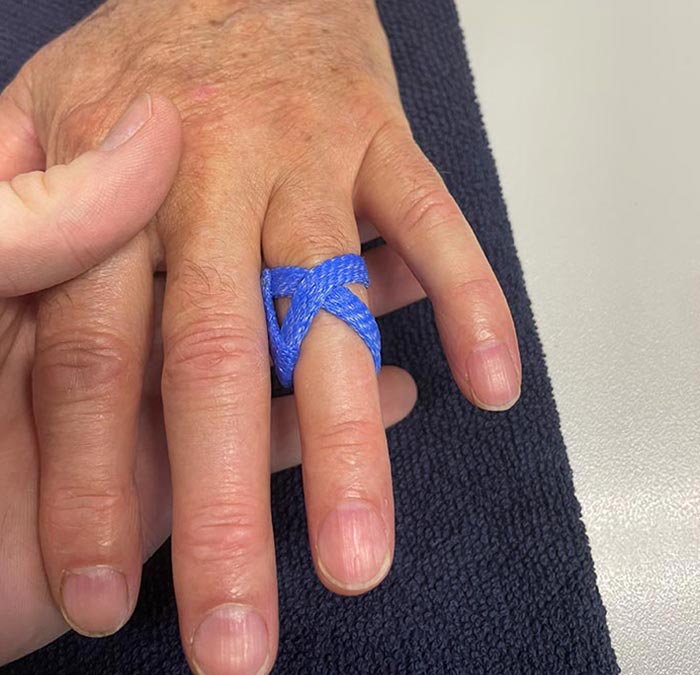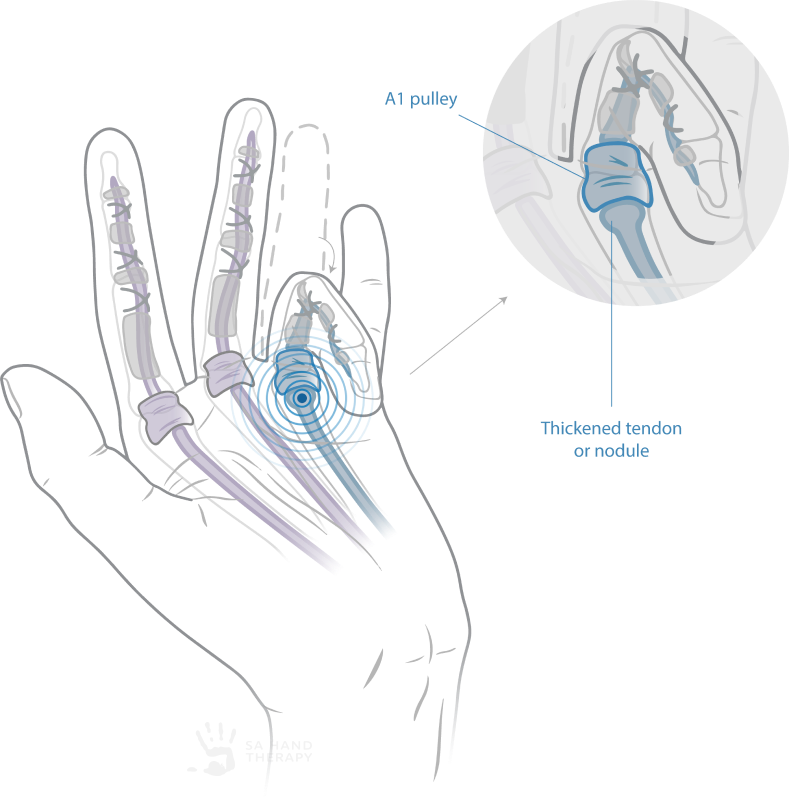A face-to-face consultation will allow for thorough investigation.
For Clarity and a Professional Assessment,
Book a Time to See Us

Common Conditions


Trigger finger is reasonably common and occurs from thickening to the tendon or tendon sheath which is involved in flexing the fingers into a fist. Finger movement is compromised and causes the tendon to ‘catch’ or the finger/thumb to become stuck in a bent position, possibly stirring pain when the finger is straightened.
Irritation to the tendon and surrounding structures will cause swelling and inflammation. This is often caused by a period of repetitive gripping or very tight gripping such as when using gardening tools, however it can also occur spontaneously. It is most common in the fifth and sixth decades of life (Moore, 2000), and more common in post-menopausal women.

Trigger finger symptoms are best resolved when detected and managed within the first 4 months of symptom onset. There is good quality evidence for therapeutic and medical management options to resolve trigger finger symptoms. For example, in one small study 93% of participants found a reduction in their triggering symptoms post-splinting and 54% found complete relief following 6-10 weeks of splinting alone (Colbourn et al., 2008).
If prolonged use of the untreated hand is continued, trigger finger can progress to a contracture, resulting in restrictions or an inability to straighten the affected finger. A hand therapist can assess what strategies are best for you and select an appropriate custom made splint to rest the involved finger while continuing to perform daily tasks. We can also direct your care if you have had the problem for a long time; if necessary, we can match a specialist with you to explore further medical or surgical management options.
Trigger finger is one of the most common hand injuries, affecting 2% of the general population (Moore, 2000).
Reference:
Moore, J. S. (2000). Flexor tendon entrapment of the digits (trigger finger and trigger thumb). Journal of Occupational and Environmental Medicine, 42(5), 526-545.
Colbourn, J., Heath, N., Manary, S., & Pacifico, D. (2008). Effectiveness of splinting for the treatment of trigger finger. Journal of hand therapy, 21(4), 336-343.
While these are general examples, our hand therapists will help match solutions best suited to your condition and specific needs.
